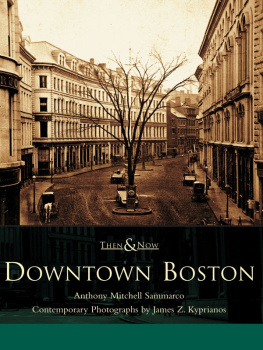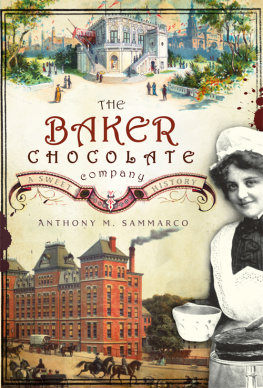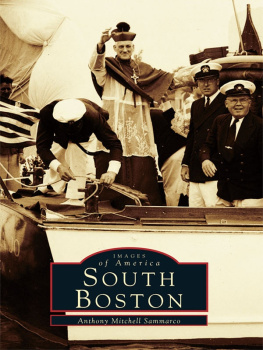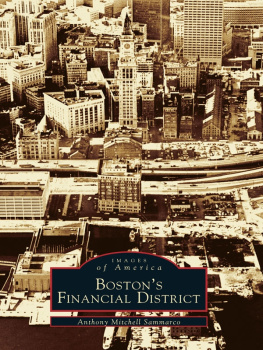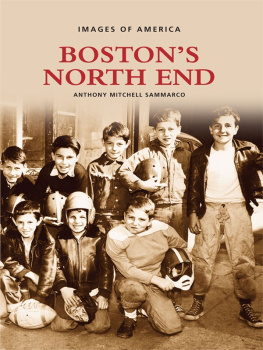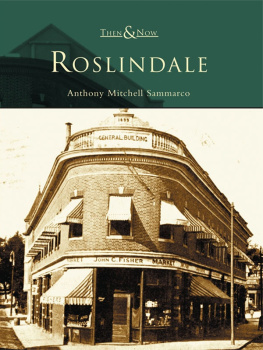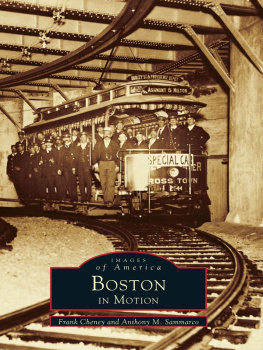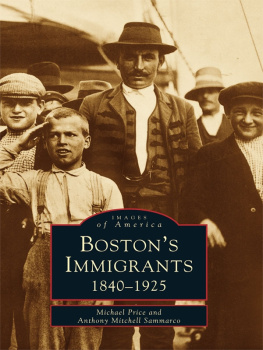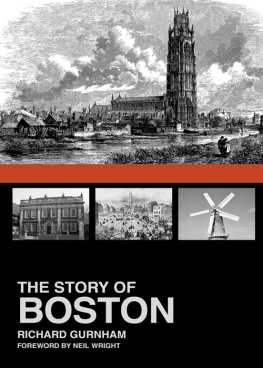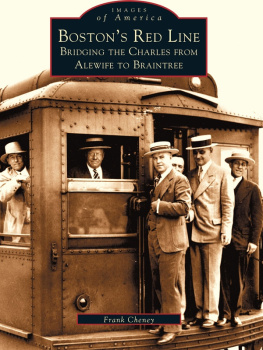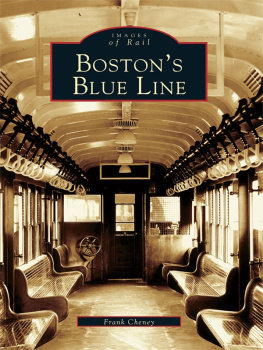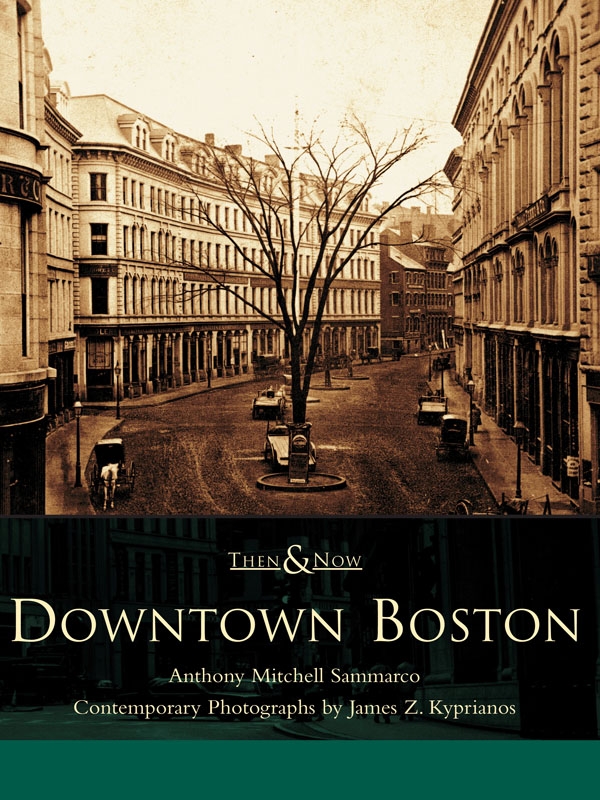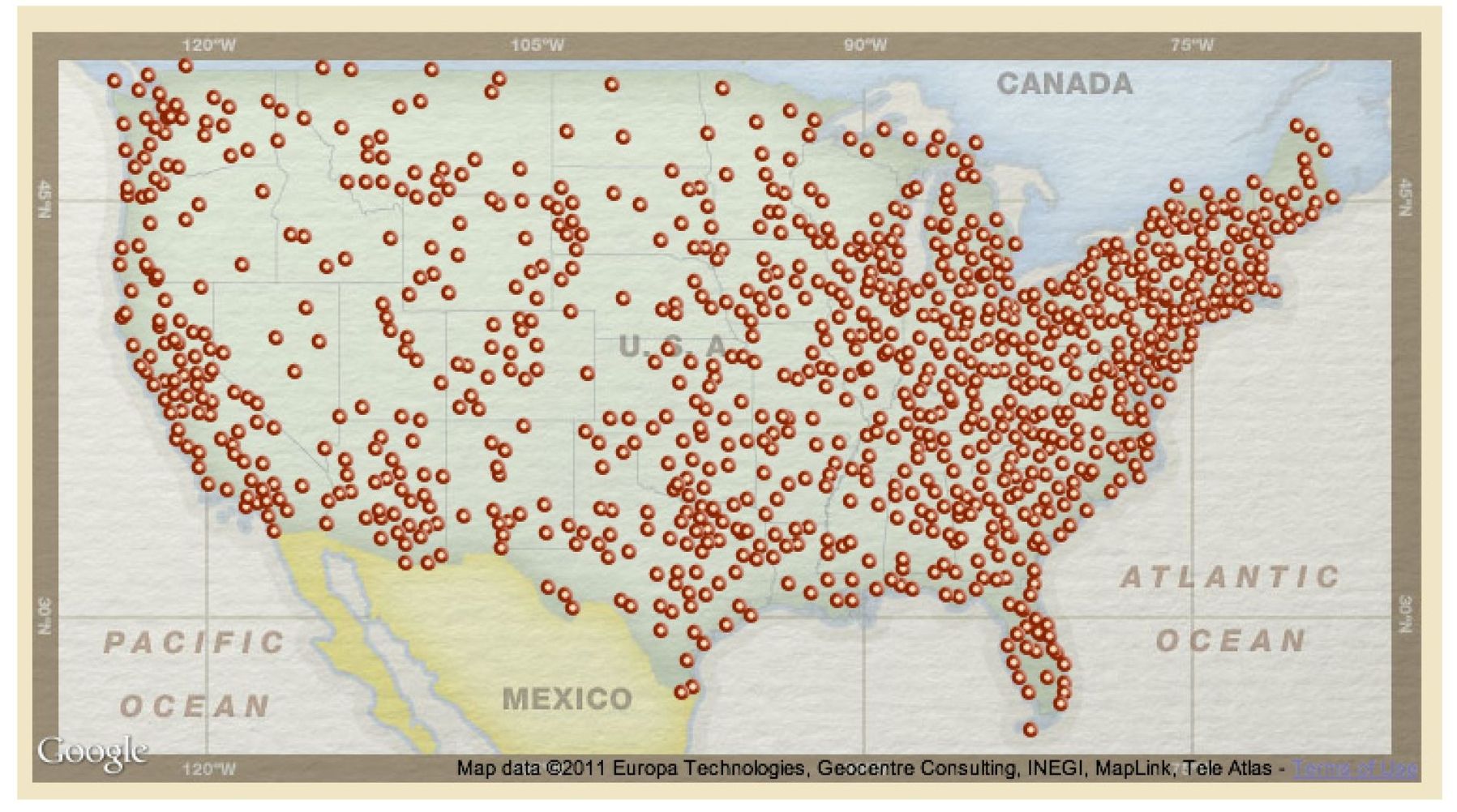Chapter 1
THE OLD SOUTH END: DOWNTOWN CROSSING
Summer Street, laid out in 1683 and originally known as Mylne Street, was a fashionable residential neighborhood in the decades following the American Revolution. Known as the South End until the 1830s, when the present neighborhood of that name was being developed on filled land, it had impressive brick mansions with lavishly planted and well-tended gardens. This print, a view looking from Church Green at the corner of Bedford Street, shows the new South Church at the junction and Summer Street lined with lush shade trees that created a charming area of the cit . Today, the area is completely commercial, with Devonshire Street on the right and large office buildings replacing the elegant mansions.
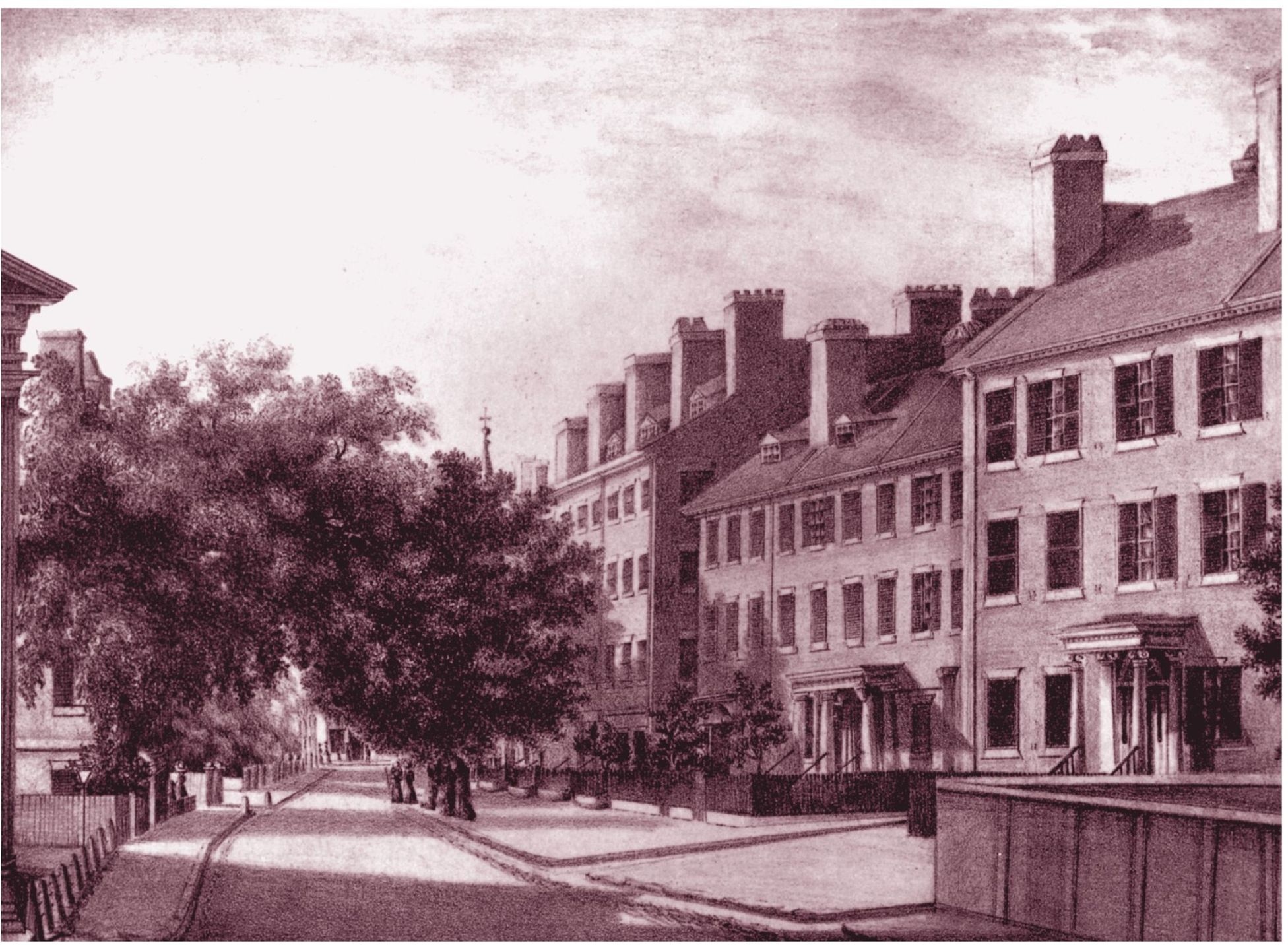
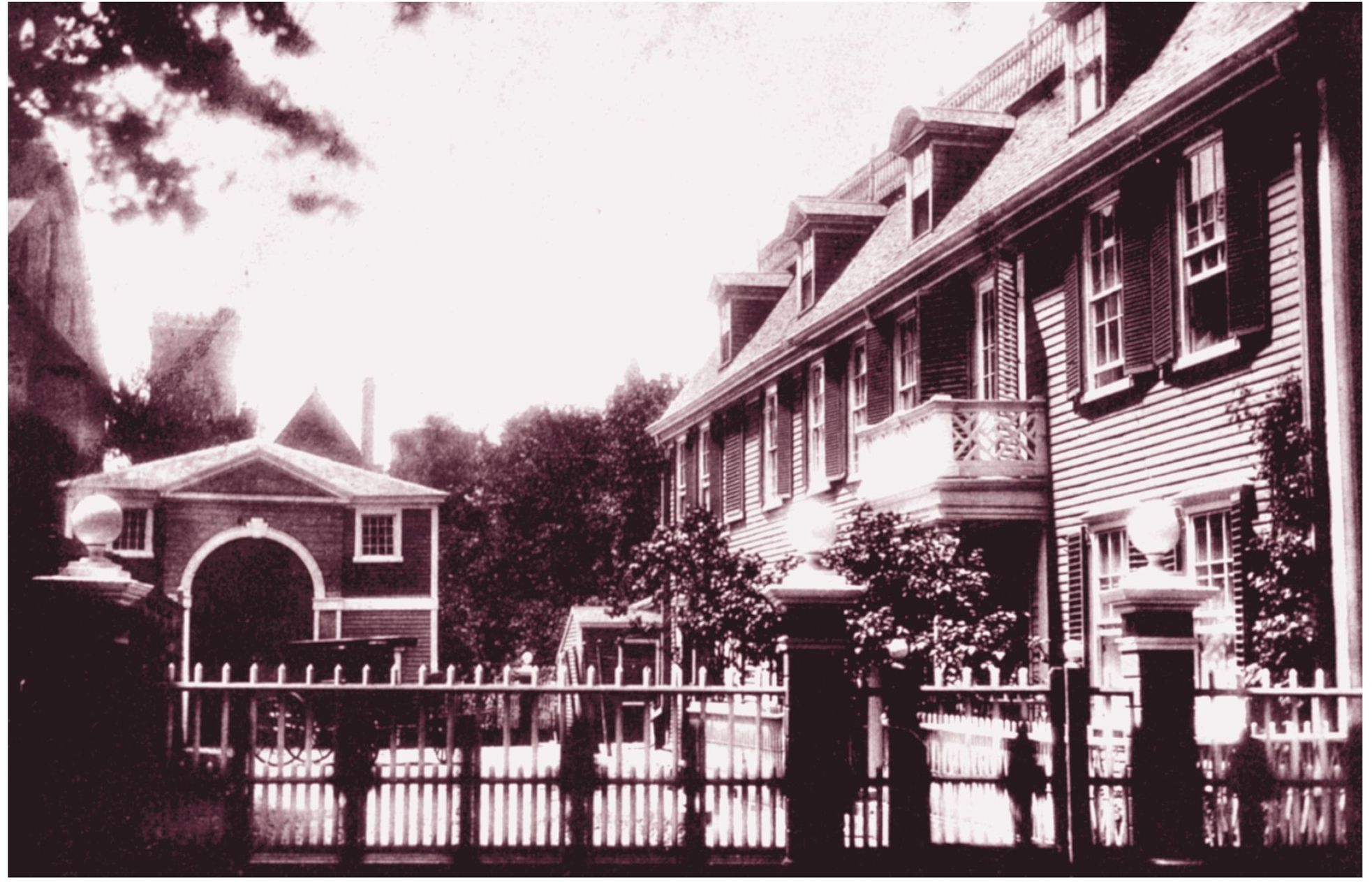
The Vassall-Gardner House was a large colonial mansion set in a garden bounded by Summer, Washington, and Chauncy Streets. Built in 1727, the house and its impressive carriage house would survive until the years just prior to the Civil War as a rare example of the houses of Bostons Colonial elite. The mansion was demolished in 1854 by George Gardner, who built a commercial block that was to become the site of C.F. Hoveys Store, known as importers, jobbers, and dry goods retailers, and which occupied the site from 1855 to 1949. The site was to later be that of Jordan Marsh Company (now Macys), which was built in 1949 along Summer Street extending to Chauncy Street. The building was comprised of two city blocks and had a large addition designed by the noted architectural firm of Perry, Shaw & Hepburn. Here, the Summer Street faade has been pared down from its Colonial Revival design with a modernistic awning shading the large storefront display windows. The cast-iron fence in the foreground belongs to Trinity Church on Summer Street, and the crenelated tower in the distance was that of the Church of the Savior, organized in 1845. The Church of the Savior was designed by J.H. Hammatt Billings (18181874) and built on Bedford Street.

The Tontine Crescent was designed by Charles Bulfinch (17631848) and was considered a study in elegance and proportion, especially as Bulfinch was not a trained architect, but a gentlemans architect. The second floor of the pavilion, with its modified Palladian window, was the first location of the Boston Library Society, founded in 1794. The third floor was used by the Massachusetts Historical Society (founded in 1791) from 1794 to 1833. As a convenient byway from Franklin to Summer Streets, an archway was designed in the pavilion, and that passageway has ever since been known as Arch Street. The elliptical green in the foreground had a large classical urn, which had been brought from England by Bulfinch and placed opposite the pavilion in memory of Benjamin Franklin, for whom the street was named. After 1858, the urn was set on the Bulfinch family lot at Mount Auburn Cemetery in Cambridge. Today, Arch Street is dominated by St. Anthonys Shrine, with was designed by the Franciscan Brother Cajetan J.B. Baumann and built in 1955 with a monumental larger-than-life crucifix dominating the faade. Standing at the corner of Summer and Chauncy Streets and facing Arch Street, is the former Boston Five Cent Savings Bank, now a CVS Pharmacy with offices located above.
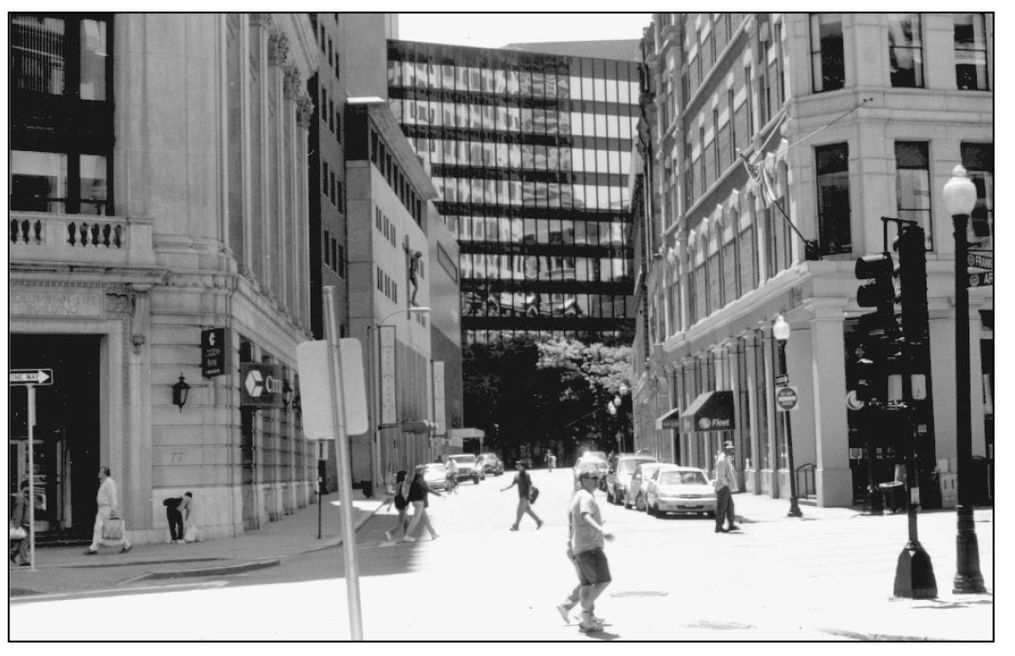
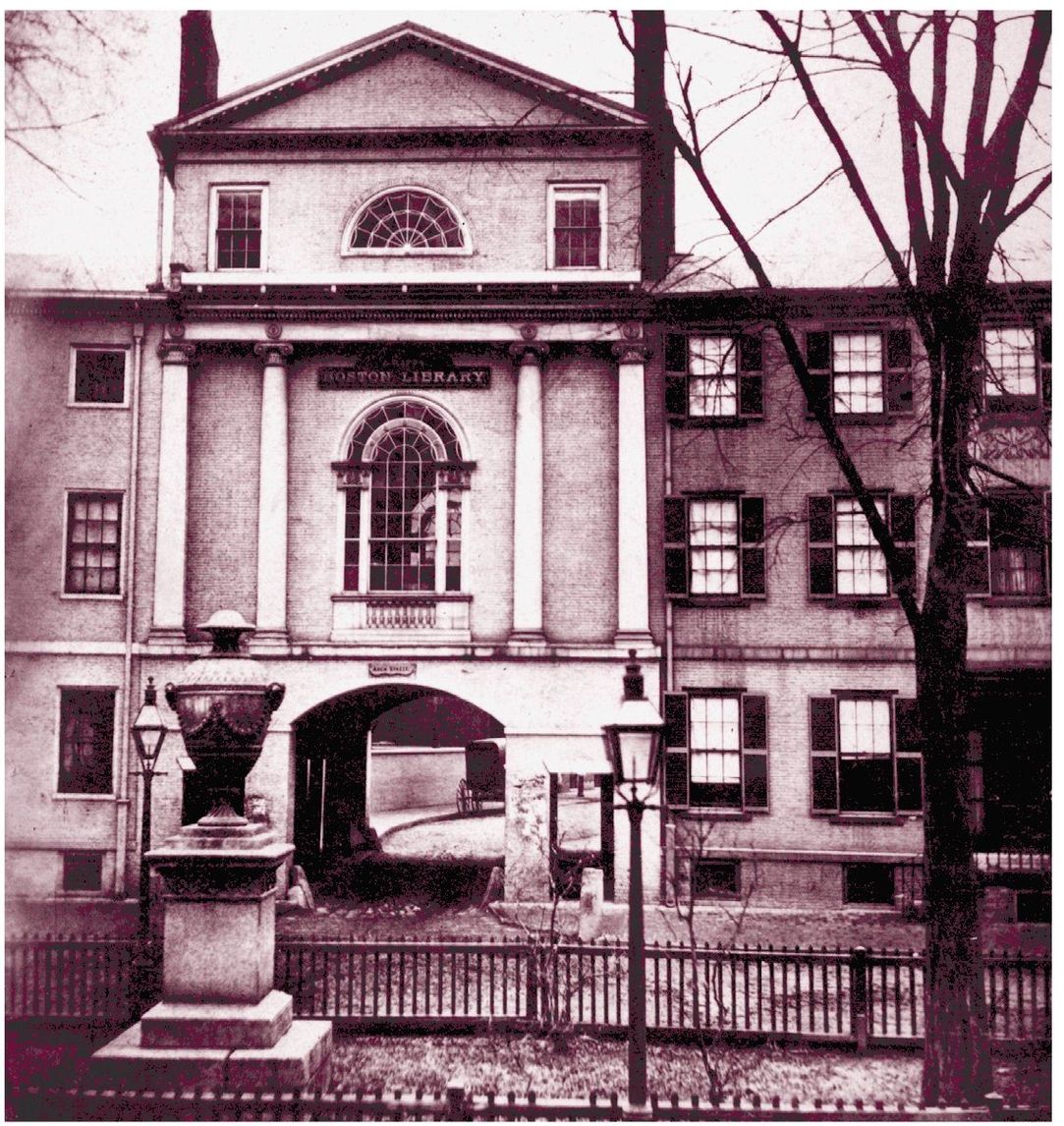
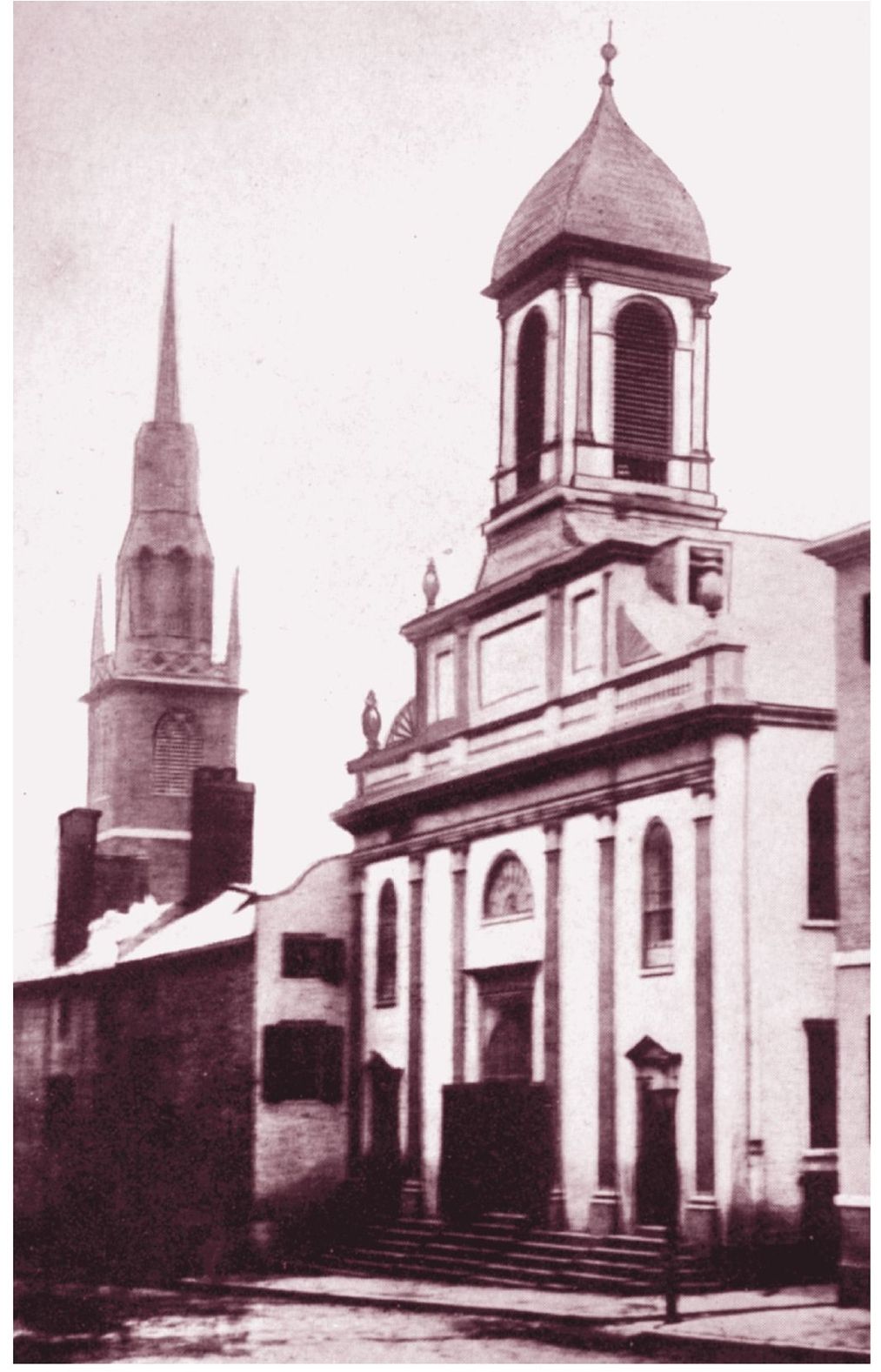
The Church of the Holy Cross, designed by Charles Bulfinch, was built in 1803 at the east end of the Tontine Crescent for the Roman Catholics of Boston. The first Catholic Bishop in Boston was Jean-Louis A.M. LeFebvre de Cheverus (17681836). It was his engaging personality and simple piety that was to win over non Catholics who contributed to the building fund. With a simple, yet elegant, design, the building utilized the neoclassical design of the Tontine Crescent with Doric pilasters and a four-sided belfr . The church was later elevated to that of a cathedral, which served a primarily French and Irish congregation. The cathedral was used as a place of worship until 1860, when the increasingly commercial aspect of the downtown caused the archdiocese to sell the land to Isaac Rich and purchase land on Washington Street in Bostons South End. The noted architect Patrick J. Keeley designed the new Cathedral of the Holy Cross on Washington Street in the South End. It was dedicated in 1875. On the right can be seen a corner of the Tontine Crescent and on the left, the spire of the Bulfinch-designed Federal Street Church, which was built in 1809. Today, the site is occupied by the modern Fleet Bank building, designed by Campbell, Aldrich, and Nulty and built in 1971. The Art Deco office building at Franklin and Devonshire Streets, adjacent to the Fleet Bank building, was designed by Parker, Thomas & Rice. Notice the fantastic light fixture on the left, which is in front of the former Boston Safe Deposit and Trust Company, now the Boston Stock Exchange, on Franklin Street.
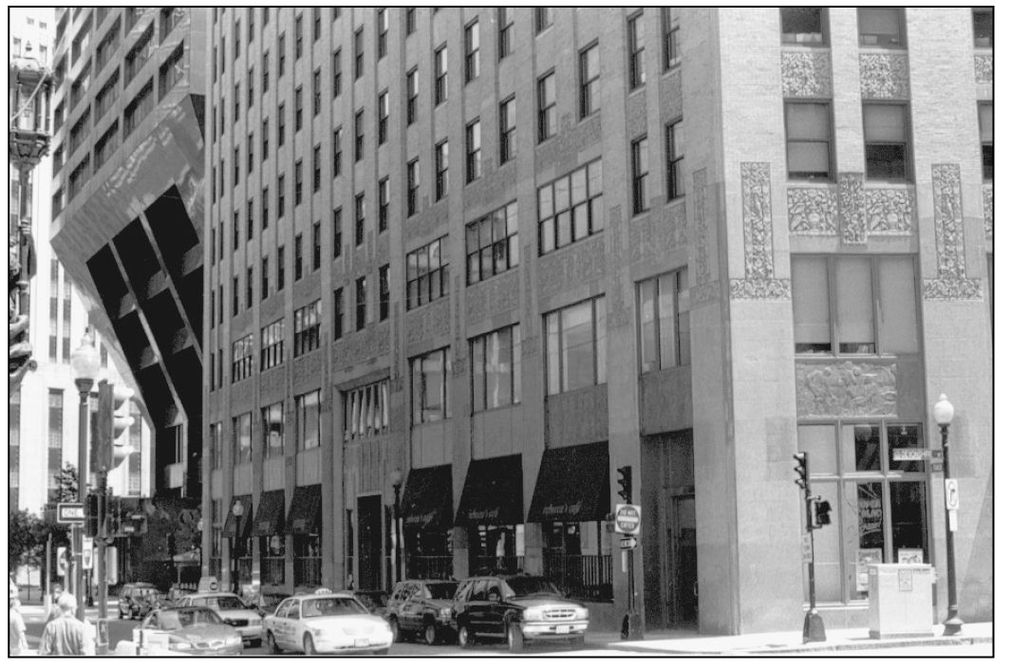
The Boston Theatre was designed by Charles Bulfinch and built in 1794 at the corner of Federal and Franklin Streets. Often referred to as the Old Drury, in hopeful comparison to Drury Lane in London, this was the first legitimate theatre in Boston. A brick building said to be probably the most imposing theatre in the United States at the time, it had an arcaded faade with Corinthian columns and pilasters that led to the foyer and two rows of boxes on the second floor. The pit and gallery were accessible by side doors. Elegant and spacious, the theatre also housed a ballroom and several retiring rooms for theatre patrons. In the late 18th century, many Bostonians still perceived the theatre as the Devils workshop and believed that the frivolous plays performed there would cast all to Hell. When the theatre was destroyed by fire in 1798, the naysayers felt it was divine retribution. However, the theatre was quickly rebuilt with a new design by Charles Bulfinch, after which it became known as the Odeon Theatre.

